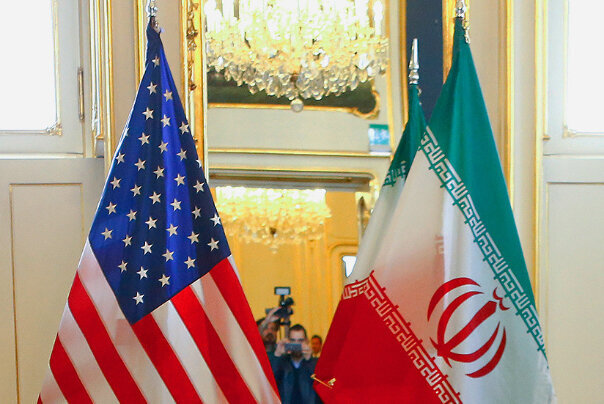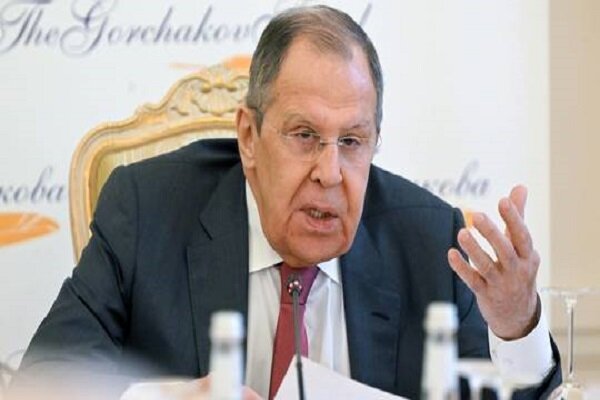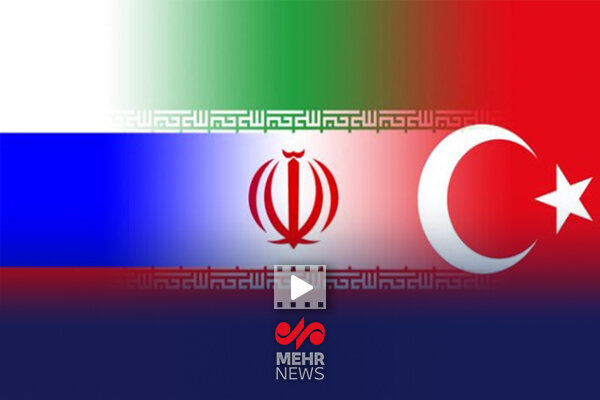Hamas Stands Firm: Rejects Israel’s Disarmament Demands
The ongoing conflict in Gaza has sparked intense discussions about the future of the region, particularly concerning the presence of Hamas. Recent statements from officials highlight the complexities surrounding the disarmament and withdrawal of resistance groups from the territory.
In a recent interview reported by Al Jazeera, a prominent figure emphasized that “the condition of removing Hamas from the Gaza Strip is a ridiculous psychological war, and the withdrawal or disarmament of the resistance from Gaza is unacceptable.” This statement underscores the entrenched positions held by various parties involved in the conflict.
Qassem, the individual quoted, further noted that “any arrangements for the future of the Gaza Strip will be through national consensus.” This remark points to the necessity of a united approach among Palestinian factions to determine the future of Gaza, especially in light of the ongoing hostilities.
In contrast, Israeli Foreign Minister Gideon Sa’ar made bold claims on Tuesday, asserting that “Tel Aviv would not allow Hamas to maintain presence in Gaza after military operations were over.” Sa’ar’s comments reflect the Israeli regime’s stance that the complete disarmament of Gaza is non-negotiable. This situation raises several critical points regarding the future stability of the region:
- The Role of Hamas: The presence of Hamas in Gaza has been a contentious issue, with implications for both Israeli security and Palestinian governance.
- International Reactions: Various nations and organizations have differing views on how to proceed with the situation in Gaza, complicating international diplomacy.
- National Consensus: The call for a national consensus among Palestinian factions suggests a need for unity to address the ongoing crisis effectively.
- Potential for Peace: The path to peace in Gaza will likely require compromise and dialogue between conflicting parties.
The statements from both Qassem and Sa’ar highlight the stark divide in perspectives regarding the future of Gaza. While one side advocates for resistance and national consensus, the other insists on disarmament and military control. This dichotomy illustrates the broader challenges facing the region as it seeks a resolution to its conflicts.
Moreover, the psychological implications of such statements cannot be overlooked. The rhetoric surrounding Hamas’s removal from Gaza serves as a reminder of the deep-seated fears and tensions that characterize the Israeli-Palestinian conflict. Each side continues to leverage public opinions and media narratives to bolster their positions, leading to a cycle of mistrust and hostility.
As the situation evolves, it will be essential for both local and international stakeholders to engage in constructive dialogue. Understanding the historical context and the aspirations of the Palestinian people is crucial for any meaningful negotiations. The future of Gaza will depend significantly on the willingness of all parties to engage in honest discussions aimed at achieving lasting peace.
In conclusion, the fate of Gaza remains uncertain amid contrasting viewpoints on Hamas and resistance. The need for a cooperative approach, as highlighted by Qassem, stands in stark opposition to the Israeli regime’s insistence on disarmament. As the international community watches closely, the pressing question remains: can a consensus be reached that addresses the legitimate concerns of all parties involved?
As we move forward, it is imperative that discussions surrounding the future of Gaza prioritize the voices of those directly affected by the conflict. Without a commitment to dialogue, the cycle of violence and retribution is likely to continue, further entrenching divisions and suffering in the region.






